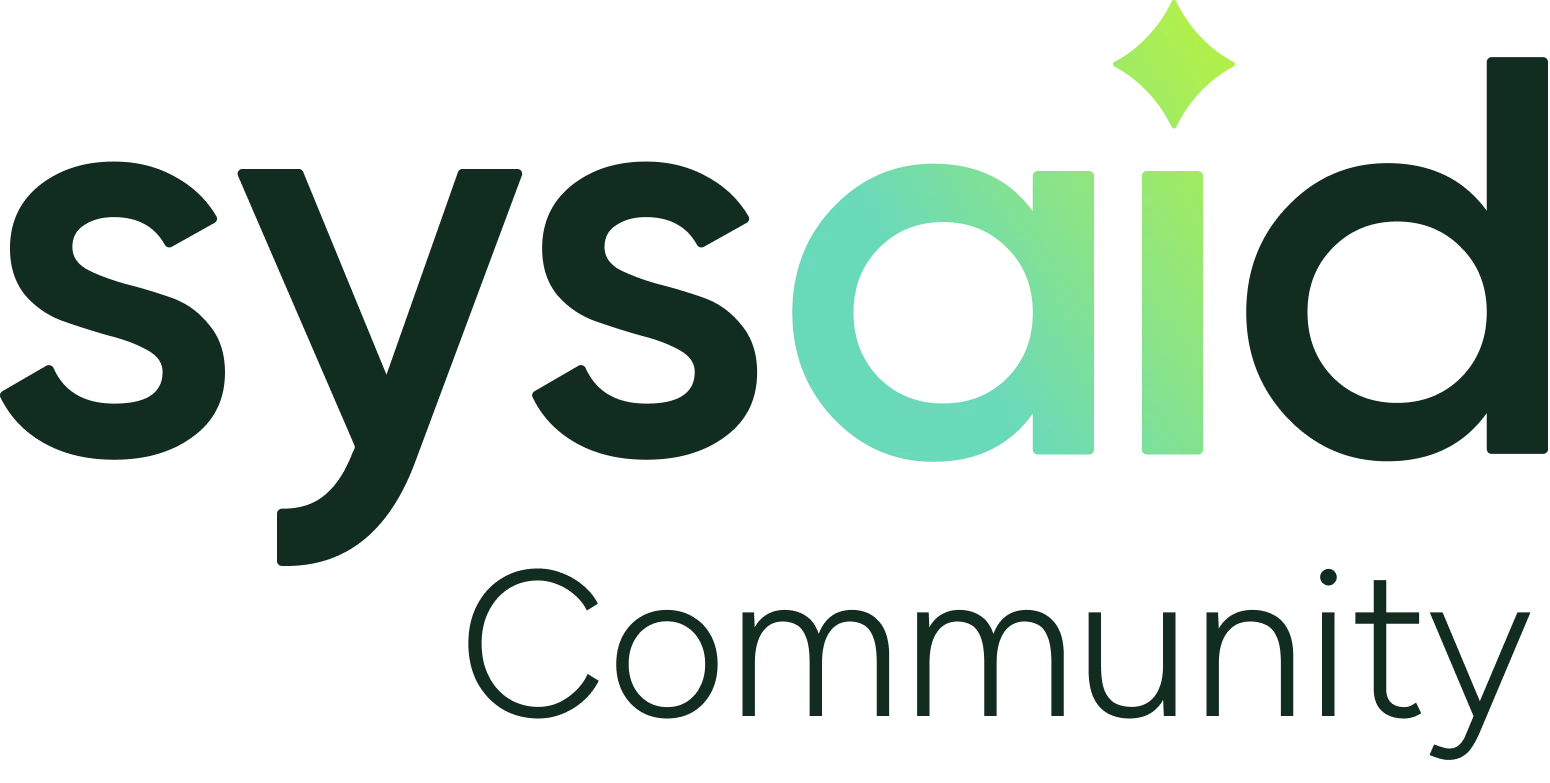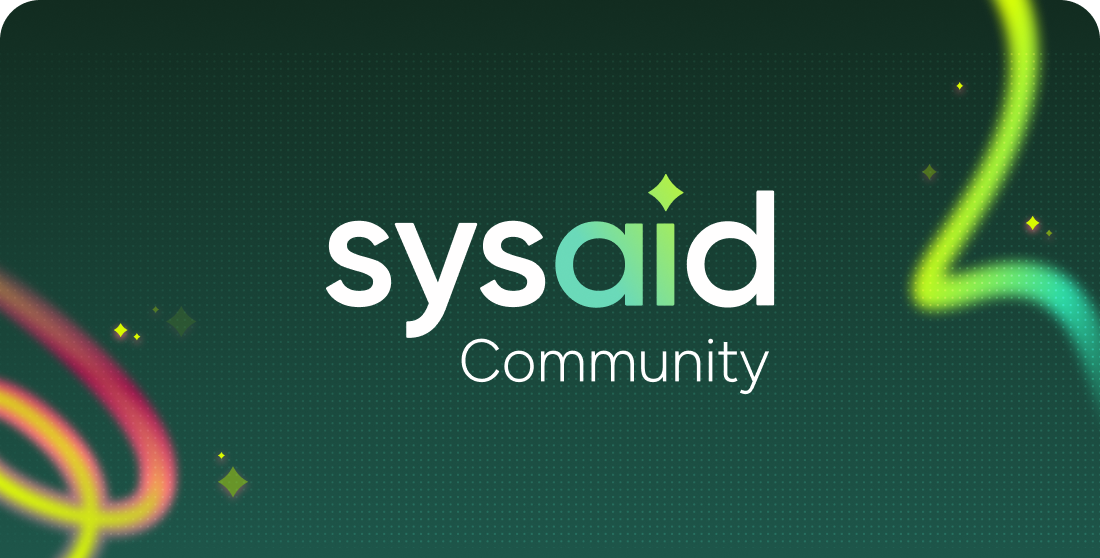Hello everyone,
I am working on implementing a distributed system based on SysAid with three separate instances: one for the IT department, another for clients, and a third for other departments.
My goal is to ensure the best possible integration between these instances, enabling efficient data flow either through email or specific addons.
Additionally, it is important that each department has permissions limited to their own instance, and that each instance and license has its own database, although they can be managed by the same database server.
Here are some of my specific questions:
- Data Integration: What are the best practices for configuring the data exchange between these SysAid instances? Which integration methods (email, addons, etc.) would you recommend to ensure efficient data flow?
- Permission Management: How can I effectively restrict access permissions so that each department can only access their own instance? What configurations in SysAid and the database server are necessary to achieve this?
- Database Configuration: Although each instance will have its own database, I want all databases to be managed by the same database server. What are the best practices for configuring this in terms of performance and security?
I would greatly appreciate any advice or experiences you can share regarding the implementation of a distributed system in SysAid, particularly regarding integration and permission management.
Thank you in advance for your help.
Best regards,



